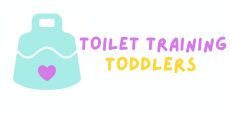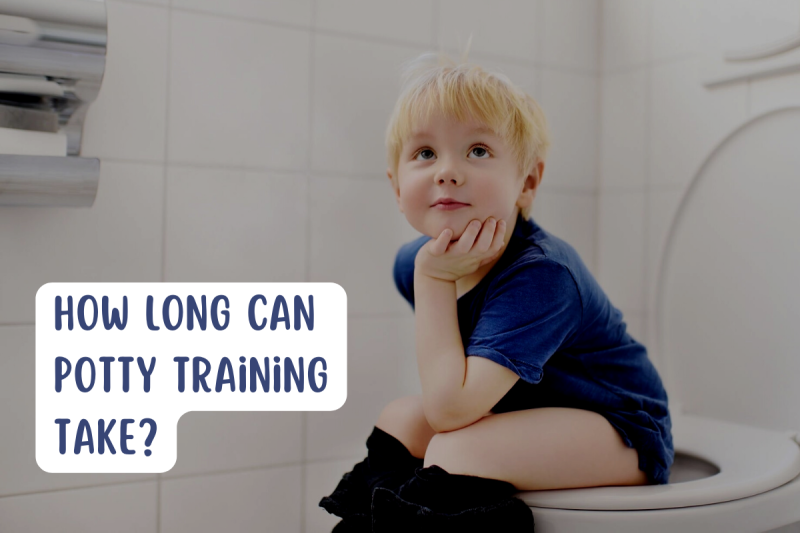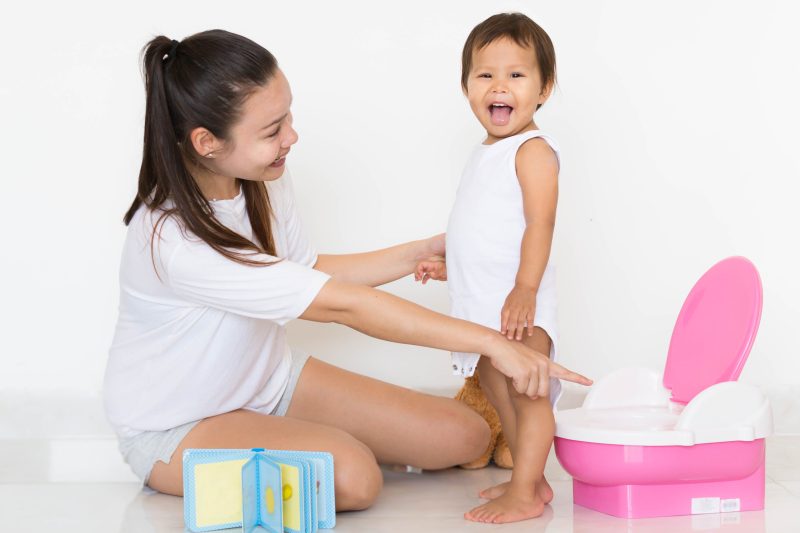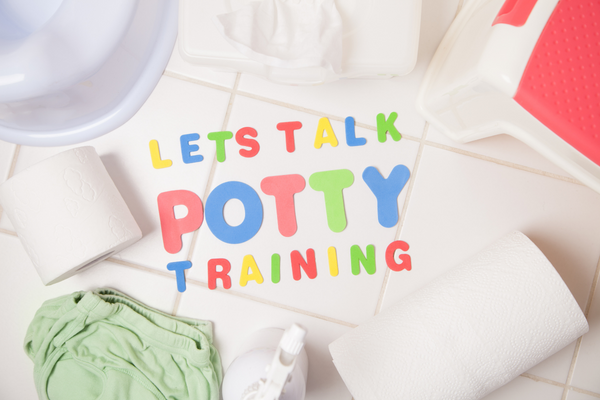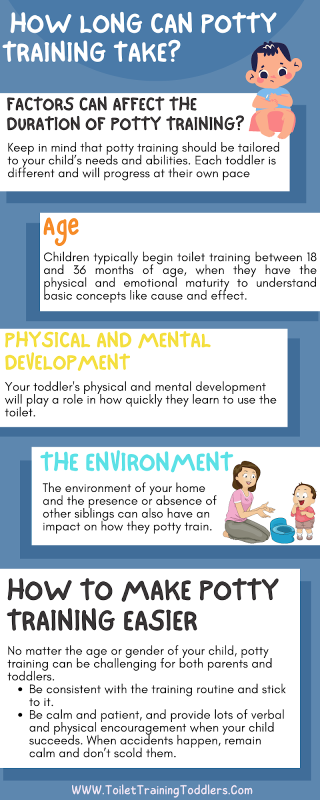Potty training can be intimidating, but with the right approach and preparation, it doesn’t have to be! Knowing how long potty training takes and understanding why is key to making your child’s transition successful.
Normally, toilet training can take anywhere from a few weeks to several months. However, many factors influence this duration, including your child’s age, behavior, and development, as well as your attitude and consistency during the process.
What Factors Can Affect the Duration of Potty Training?
Keep in mind that potty training should be tailored to your child’s needs and abilities. Each toddler is different and will progress at their own pace, so it’s integral to be patient and understanding throughout the process.
Here are some of the top factors that can affect how long toilet training takes in specific situations:
Age
Children typically begin toilet training between 18 and 36 months of age, when they have the physical and emotional maturity to understand basic concepts like cause and effect, which indicates their potty training readiness.
Anything before 18 months is too early and will likely cause frustration and stress for both the child and the parent. In saying this, many parents adopt the Elimination Communication method (also known as Infant Potty Training) if they prefer to introduce the concept early.
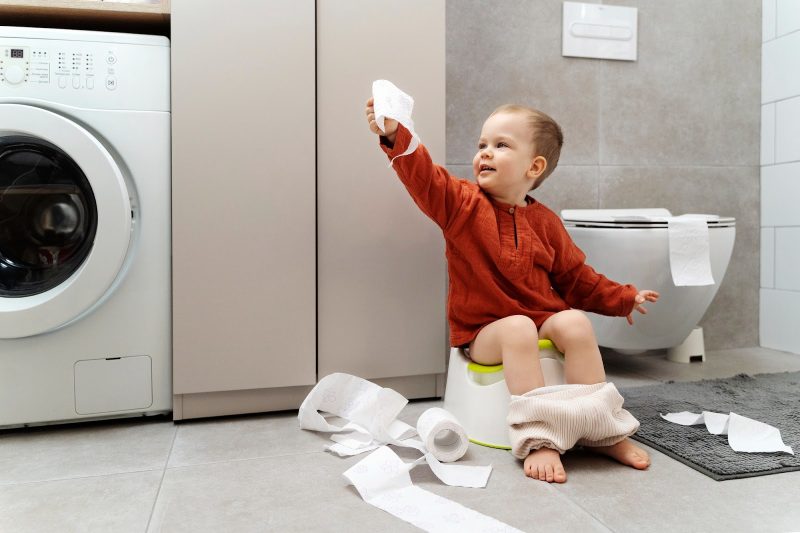
Behavior
Every child is unique in their behavior and attitude toward the potty training method. Some children may be eager and willing to learn, while others may resist the toilet entirely.
It’s essential to create a positive environment and reinforce positive behaviors to encourage your child’s progress and ensure they become completely potty trained.
Physical and Mental Development
Your toddler’s physical and mental development will play a role in how quickly they learn to use the toilet. Generally, those who are more mobile and mentally advanced will have an easier time grasping the concept of potty training.
If your toddler is learning other independent skills, such as feeding themselves or getting dressed on their own, they will also be more likely to understand the concept of potty training. However, if they’re still working on developing their gross and fine motor skills, this may slow down the potty training process.
The Environment
The environment of your home and the presence or absence of other siblings can also have an impact on how they potty train. For example, if other siblings in your home are also potty training, your toddler may want to follow along with them and learn faster.
On the other hand, if your toddler is the only one in your home undergoing potty training, it may take them a little longer to get the hang out of it. Furthermore, other environmental factors, such as stress or changes in routine, can delay potty training.
Parental Support
The most crucial factor for a successful potty training experience is parental support. Give your toddler lots of verbal encouragement and positive reinforcement.
Always be consistent with your potty training routine and set a good example for your little one. Showing them you are confident and calm during the process will help them learn faster.
How Many Days Should It Take?
It’s hard to say precisely how long potty training takes, as each child is unique and will progress at their rate. However, most children will take a few weeks to several months before they can consistently use the toilet without any accidents.
How Long is the Potty Training Process: Boys vs. Girls?
While boys and girls may learn differently, there is no clear distinction between how long potty training takes for each gender. However, there are differences in timelines and strategies due to the unique needs of each gender.
This is something you can follow up on with the child’s doctor, and they can even help you come up with a potty training plan.
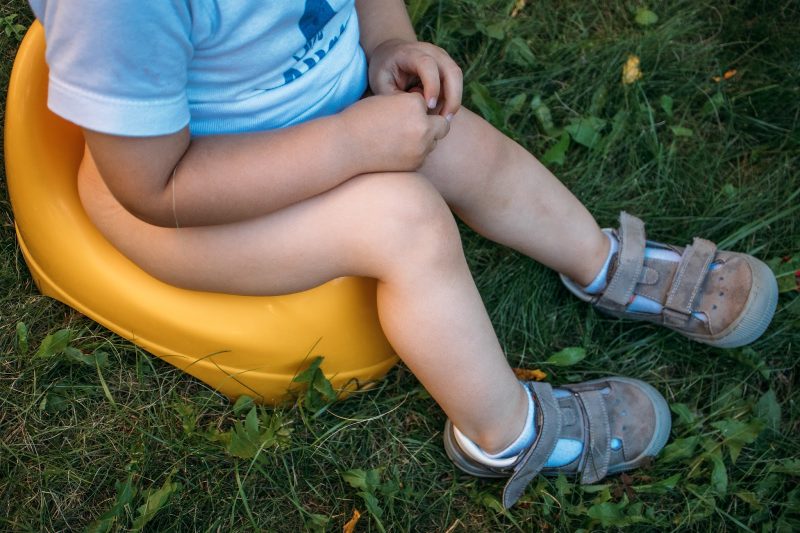
Tips and Timelines for Boys
Boys often require different tactics than girls when it comes to potty training. Generally, boys are more resistant to using the potty and take longer to learn the process. However, with a few helpful tips, potty training a boy can go more smoothly.
First, you should start when the child is ready. Signs of readiness include being able to pull up and down their clothing, holding it in when they need to go, and expressing an interest in using the toilet. Once your boy is ready, the most important thing to do is to be patient.
You must create a positive environment. Use rewards like stickers or small treats when your boy uses the potty so they can associate it with positive reinforcement. Boys also respond well to competition and may be more motivated if parents establish a competition among siblings. Using things like disposable training pants, a potty seat, and so on goes a long way in the process.
Tips and Timelines for Girls
Usually, girls are more cooperative and willing to use the toilet from an earlier age than boys. However, there are still a few tips that may make potty training easier.
- Create a relaxed and stress-free environment.
- Girls respond well to praise and encouragement, so make sure to give lots of positive reinforcement when they use the toilet.
- Potty chairs can also be very helpful as they provide a secure place for your child to sit.
Why It May Take Long
If your toddler is taking a particularly long time to learn how to use the toilet, don’t panic! Potty training can take several months, so remain patient and understanding throughout the process.
If you’re not seeing any progress after a few weeks, it may be helpful to take a step back and reassess the process. Consider talking to your pediatrician or a potty training specialist, who can provide further guidance and advice.
How To Make Potty Training Easier
No matter the age or gender of your child, potty training can be challenging for both parents and toddlers. Thankfully, you can do a few things to make the process easier.
- Be consistent with the training routine and stick to it.
- Be calm and patient, and provide lots of verbal and physical encouragement when your child succeeds.
- When accidents happen, remain calm and don’t scold them.
Finally, make sure to celebrate successes and give rewards when necessary. These small rewards will help your child learn faster and stay motivated.
Final Thoughts
Potty training is a paramount milestone in your toddler’s development and can take anywhere from a few weeks to several months. Parental support is the most important factor in potty training success, and parents should be patient and consistent and use positive reinforcement throughout the process.
Boys may take longer to learn and require different tactics than girls, so tailor the process accordingly. Lastly, if your child is taking longer than anticipated, seek advice from a specialist to get back on track.
With patience and understanding, you and your toddler will succeed in no time!
